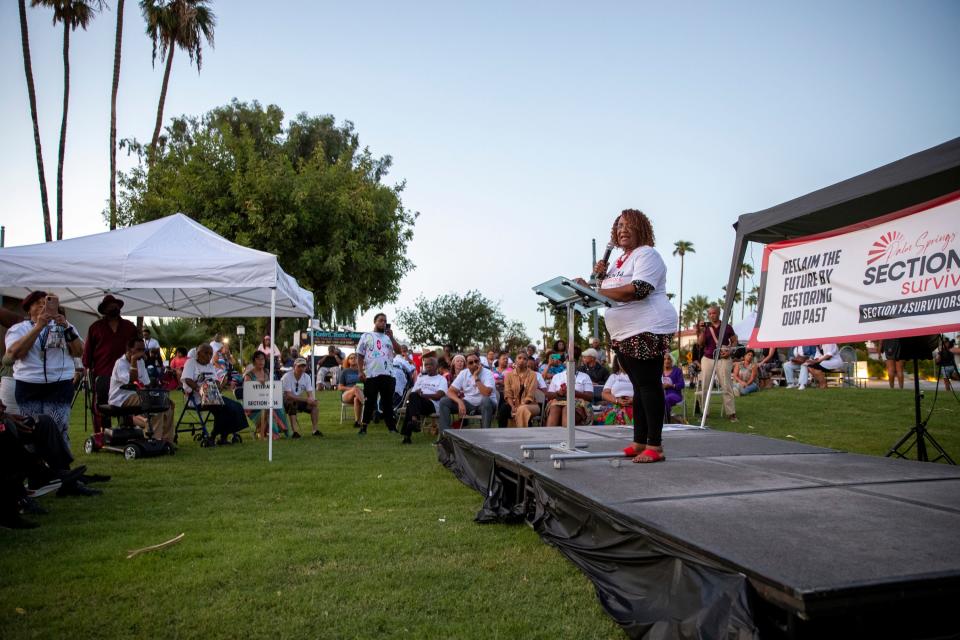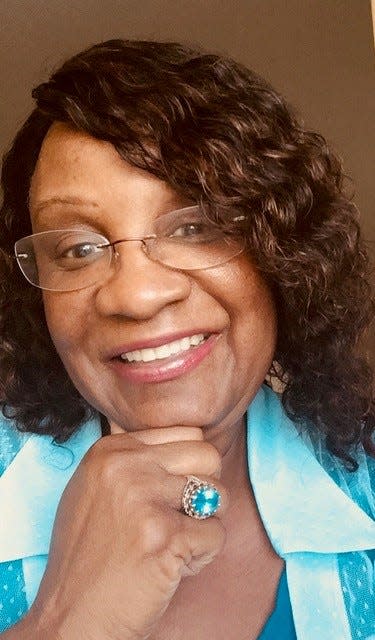I'm a Section 14 survivor: City's neglect and denial lead to health and safety issues
For decades, local press has been writing stories of Section 14 based mostly on the accounts of those who never lived there. The Section 14 Survivor's group, currently over 600 members, is grateful to finally have a voice.
The efforts to paint a picture of a substandard area after the city's years of denial of resources and infrastructure improvements is as loathsome as it gets. The real "serious health and safety issues" were heaped upon the residents of Section 14 by those in power who could have helped to improved conditions. Instead, they burned them out, without a viable plan or relocation fees.
Photos of only the worst and most dilapidated structures are always shown, versus nicer homes during that time, such as the Ortega Family home, or my home built by my father, Robert Taylor, a master carpenter.
Times have changed from the days when minorities were not as educated. It was commonplace and easier in years past for our voices to be ignored or silenced. In those days, some white conservators mistreated, spoke for, coerced, robbed, cheated and influenced the native tribe of Section 14. There are also accounts of tribal members who were swindled out of their money.

Countless materials are now available showing the plan to take Indian land not only Section 14, but all over the nation. You'd have to live in a cave not to be aware of it.
The notion that Indian Land Conservators (who included judges, city council members and other white people of wealth) did not exert their own white power and influence over the will of the tribe is typical hypocritical rhetoric concerning such disgraceful acts. This has nothing to do with divisive language – those are hard-core facts.
A 2019 article, “Section 14: The Agua Caliente Tribe's Struggle For Sovereignty in Palm Springs, California" in the Smithsonian’s National Museum of the American Indian magazine says it all.
The “American Indian” article states: "As a sovereign nation, the Agua Caliente Tribe controls its lands. However, from the 1940s through the 1960s, the City of Palm Springs that governed the adjacent lands threatened that sovereignty, turning Section 14 into a battleground over land and race."
The facts of the eviction lie directly with people who experienced it firsthand. It is appalling for people who did not experience the devastation to try tell what happened, seemingly to protect Mayor Frank Bogert and others involved.
The City Council made an initial leap by issuing a public apology to its mostly Black and Brown hardworking, tax-paying residents for the city's role. On Nov. 29, 2022, Mayor Middleton stated, "The City of Palm Springs is deeply sorry about the action toward those affected by the Section 14 displacement in the 1950s and 60s."
The Section 14 group is very appreciative of the apology. For the best account about Section 14, please read R.M. Kray's "The Path To Paradise."
The long-standing secret is now out to the world. Hopefully the true intent, good-hearted will of the City Council will continue and they will make good on their apology.
Pearl Taylor Devers is the chairperson and a survivor of Section 14. She was born in the Palm Springs Hospital, which her father helped build. She has over 40 years in the entertainment industry as a professional singer and award-winning movie producer. She also worked for the civil rights icon, Rosa Parks. Her email is pdevers1@gmail.com.

This article originally appeared on Palm Springs Desert Sun: I'm a Section 14 survivor: City neglect lead to health, safety issues

